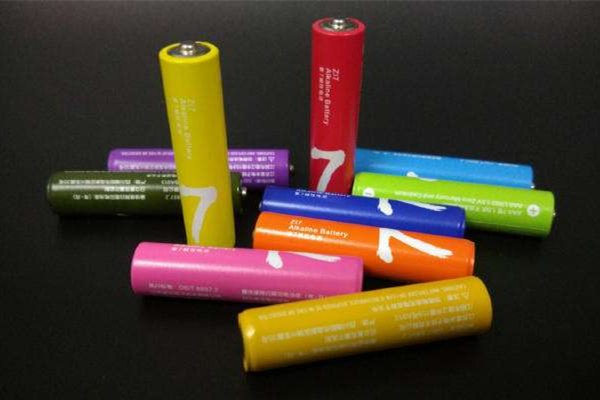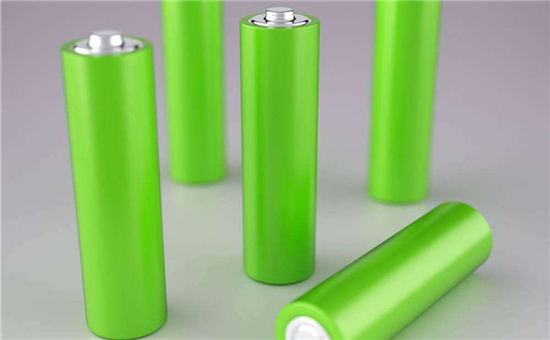Lithium Battery Temperature Effects Safety and Aging
Feb 18, 2020 Pageview:1612
Are batteries affected by temperature?
Batteries are devices that convert chemical energy into electrical energy. This is done via chemical reactions that happen inside of the battery itself. This conversion happens when the terminals of the battery are connected. Batteries come in all types and shapes; they also can be rechargeable and disposable. Batteries mainly are composed of two electrodes, the anode, which is the positive electrode, and the cathode, which is the negative electrode. Between them, there is the electrolyte. The electrolyte is what connects the two electrodes (the anode and the cathode) together inside of the battery as the two electrodes do not touch themselves. Electrons are received from the cathode and supplied to the anode via this electrolyte.
The performance of the Lithium ion batteries depends on humidity and temperature. As the battery produces electricity through a chemical reaction, as the temperature becomes lower, the chemical reaction slows down, which in return results in a smaller current to be produced. However, the slowing in the chemical reaction due to lower temperature increases the life span of the battery. As the temperature increases, the chemical reaction becomes more rapid thus, more current is produced. However, this rapid process decreases the life span of the battery tremendously.
That being said, it is obvious that heat is the number one killer of all batteries. As a guideline, for every 8 C (15 F) increase in temperature, the sealed battery's life span is cut in half. That means a sealed battery that is designed to last for 10 years at a temperature of 25 C will only live for 5 years if it is stored in a 33 C temperature. And it would last for only 30 months if it exposed to a temperature of 41 C. It is worth noting, that the capacity destroyed by heat cannot be salvaged anymore.
However, there are some scenarios where heat cannot be avoided, as the starter batteries in cars. Technology has become so advanced so that these types of batteries can survive in more harsh environments. According to a 2010 BCI Failure Mode Study, starter batteries have become more heat resistant than ever. In the year 2000, a 7 C increase in temperature affected battery life by approximately one year. In 2010, the tolerance has been widened to 12 C. The technical improvements in the manufacturing of starter batteries have increased the life expectancy of them from 41 months in the year 2000 to 55 months in the year 2010.
What is the safe operating temperature for a lithium battery?
The use of a lithium-ion battery is feasible during a temperature range of 10°C to +55°C. However, the charging should happen only at a battery temperature of +5°C to +45°C. The ideal temperature range of the batteries is temperature. A sensor within the battery ensures that no boost charging is implemented outside of this range.
In general, the most effective performing temperature of lithium batteries is around 20℃, but in a high-temperature environment, there are different types of lithium batteries that can perform well instead of the heat. In low-temperature environments, the recommended operating range for Lithium ion batteries is between -40℃ to 55℃.
What are the temperature effects on the calendar aging of lithium batteries?
In a study done by the IOP Conference Series: Materials Science and Engineering in 2015 regarding the Temperature Effects on Calendar Aging of Lithium-Ion and Nickel Metal Hydride Batteries, a commercial graphite/LNMC Lithium-Ion batteries labeled 4411-4711 was used in this study. They were charged using ASELSAN 4400 Lithium-Ion charger. Another battery of the type Ni-MH was charged using the ASELSAN 4011 Ni-MH charger.
Calendar aging tests were performed by storing them at -20°C, 20°C and 55°C temperatures and open-circuit voltages related to 100% SOC initially. During storage, no trickle charge was applied and the battery voltage was free to change between two characterization segments.
At each of the specified temperatures, two batteries were tested, which is in order to prove the reproducibility of the measurement. To find the aging of batteries, the capacity measurements were carried out at the beginning of the test, at the end of the test and at the intervals of four weeks. Electrochemical capacity measurements were performed at room temperature using a special battery cycler (ASPILSAN Energy). To determine the capacity of Li-Ion batteries, a standard charge (C/3 constant current charge to 100% SOC (8.4 V), a constant voltage (8.4 V) charge until the current was below the C/10 rate), which was followed by 1C discharge (down to 6.4 V) measurements were carried out. To determine the capacity of Ni-MH batteries, a standard charge (C/2 constant current charge to 100% SOC (11.0 V)), followed by C/2 discharge (down to 6.0V) measurements were carried out.
After placing the batteries at 100% SOC and desired temperature and allowing them to stand for 4 weeks of time, then discharge them to determine apparent capacity loss followed by one cycle charge/discharge to find the permanent capacity (irreversible capacity) loss. The reversible capacity (self-discharge) loss was calculated by taking the difference between the two capacities, the apparent capacity, and the irreversible capacity losses. Capacity loss tests were performed using the Digatron BTS500 battery test system.
The apparent capacity losses of Li-Ion and Ni-MH batteries depend on the temperature at which they have stored; the higher the temperature, the greater the apparent capacity loss of the batteries. Li-ion and Ni-MH batteries stored at -20°C and 20°C will lose up to 6 % of their charge within 4 weeks. If they are stored at a higher temperature (55°C), they will lose the charge at an even higher rate (9 % for Li-Ion and 24 % for Ni-MH).
- Prev Article: Lipo Battery Balance Lead Balancing Definition
- Next Article: Lithium Battery Thermal Runaway Temperature Causes and Control
Leave Message
Hottest Categories
-
Hottest Industry News
-
Latest Industry News












